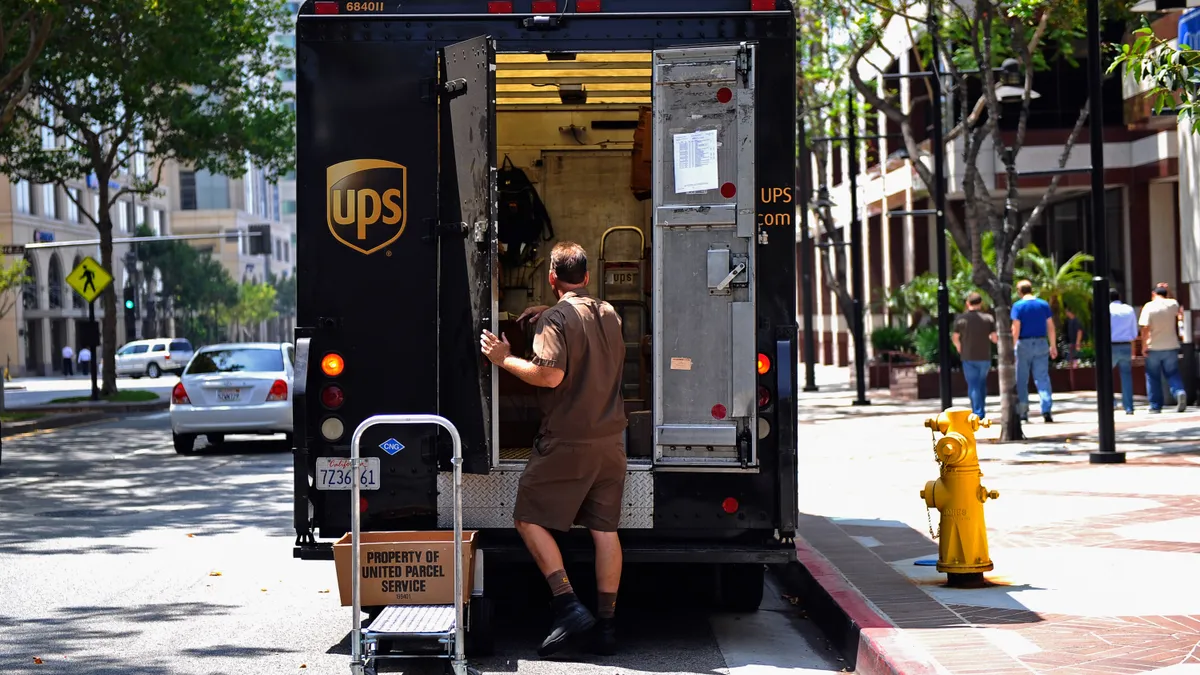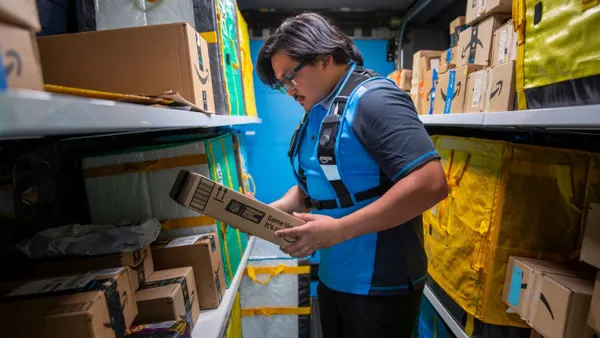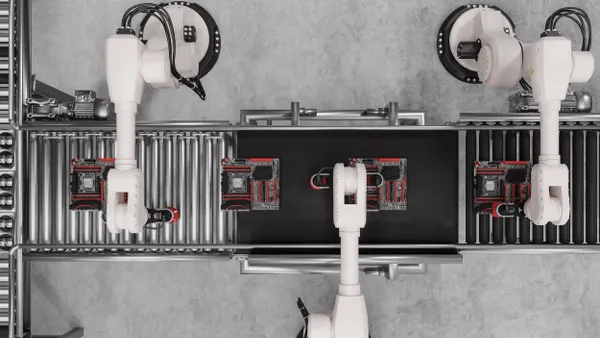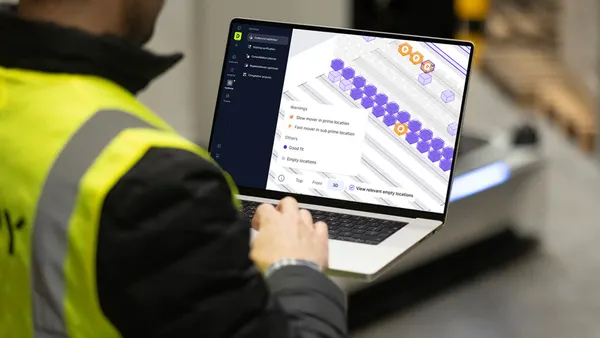Employee burnout: a concept that many of us are all too familiar with. If you haven’t experienced it yourself, you likely know someone who has. Faced with a nonstop onslaught of items filling their to-do list, even the happiest employees can suddenly find themselves dreading the arrival of yet another notification in their inbox.
How is employee retention affected in the supplier industry?
Usually, burnout occurs when an employee feels consistently overworked, under-challenged or frequently tasked with responsibilities outside their job description. For suppliers, this sometimes happens when an employee is forced to do menial administrative tasks around order entry and fulfillment. Or, in the case of small business owners, there’s simply no one else to do these tasks—leaving important, growth-focused work undone.
Burnout becomes exceptionally detrimental to suppliers when it leads to low levels of employee retention. Without the proper talent, a vicious cycle can take place, leading to less output, more work and costly losses.
How can automation combat employee burnout?
One solid solution to employee burnout and unwanted turnover is the adoption of an automated solution that boosts job productivity. Instead of putting extra work on the employee, an automated solution can help alleviate the workload. This way, the work gets done quickly and employees have time to focus on other, more specialized aspects of their jobs.
To avoid burnout and reduce low employee retention, explore how an automated solution can streamline workflows, automate repetitive tasks and foster a culture of efficiency.
Streamlined workflows:
When employees have access to a solution that connects their order channels and shipping systems in one place, they spend a lot less time clicking back and forth between disparate systems. If accounting, fulfillment and order processing information are all stored in one, connected system, employees have more time back in their day to focus on higher-value work. As a bonus, they have a better idea of what may be coming down the line for them.
Less manual data entry:
One of the biggest causes of low employee retention due to burnout is repetitive, time-consuming, manual data entry. This tedious work, while necessary, can seem to drag on and on—with no end in sight. Make the shift to automated invoice and order entry practices, shipping documentation and invoicing, and employees will have time to be more innovative during their workday.
Boosted efficiency:
There’s nothing worse than spending a day putting in hard work, only to discover an error that negates everything you’ve done. When automation is introduced into the workflow, employees can be sure that workflows are optimized with minimal touchpoints required. Plus, the work gets completed at a much quicker rate, which means more opportunities to shift the focus onto more strategic work.
What’s a good first step to take towards automation?
In a 2024 survey of 150 suppliers by SPS Commerce and Supply Chain Dive’s studioID, 40% indicated that talent retention was extremely impactful to their organization over the past year. However, 50.7% responded that increasing inflation and costs was extremely impactful. It’s difficult to strike the balance between solid employee retention and remaining in budget during costly times.
With an automated solution, however, that balance is much easier to maintain. With help from accessible, connected workflows, employees will experience burnout much less frequently and can focus on more strategic tasks. Less burnout means less turnover, which means saving money rather than spending it on recruiting, hiring and onboarding talent.
Looking to improve employee retention by taking the next step toward automation? Get in touch with an expert at SPS Commerce today to learn more.










